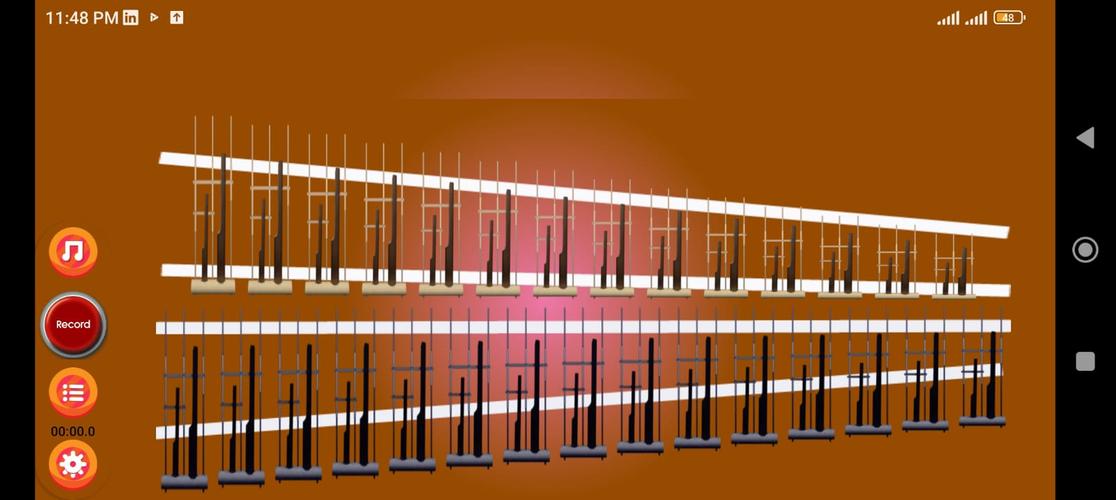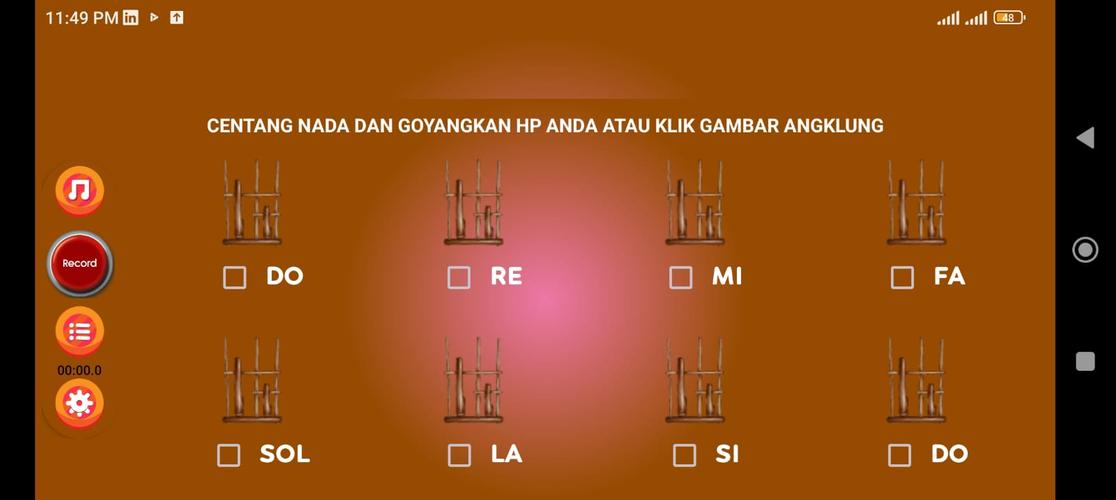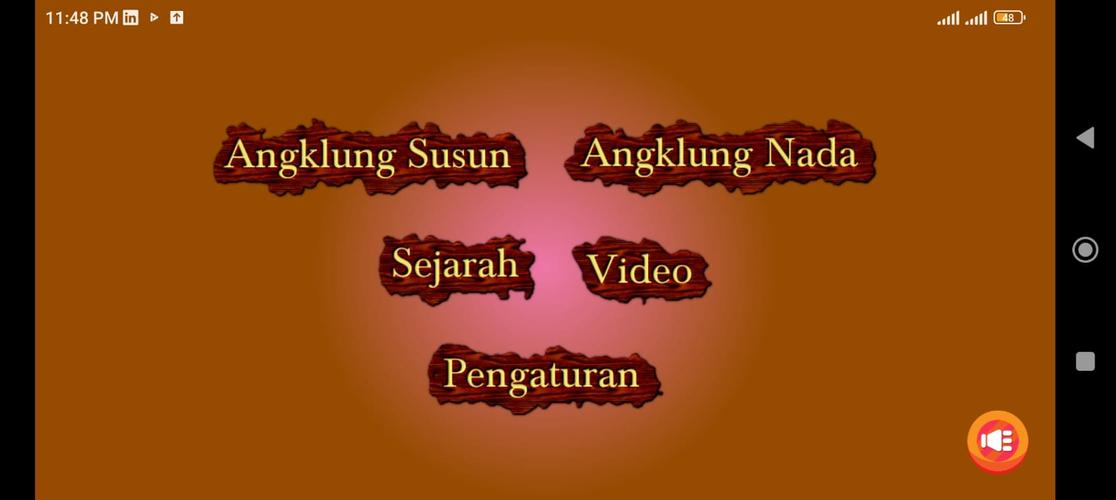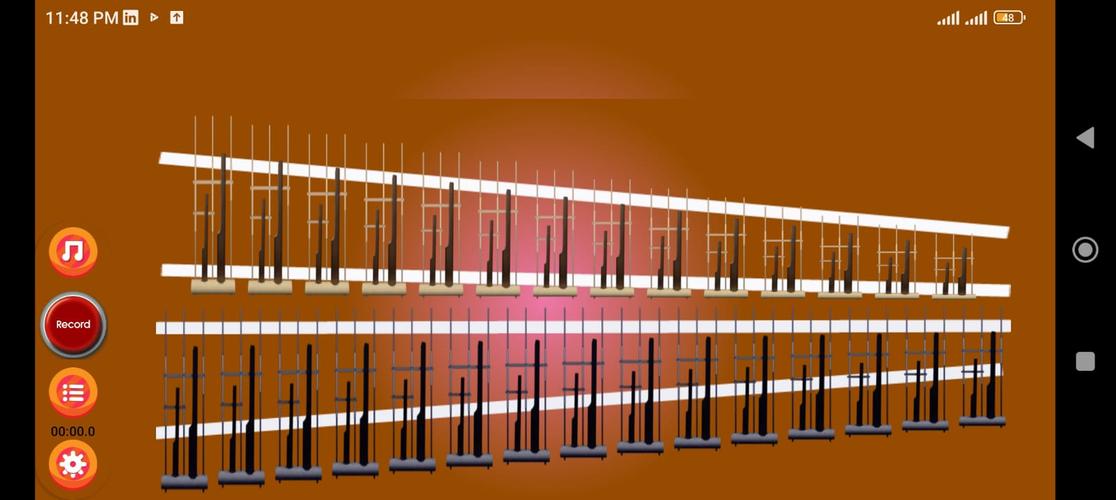Angklung: A Traditional Indonesian Musical Instrument
The word "angklung" originates from the Sundanese language, "angkleung-angkleung," which refers to the rhythmic movements of the players. The word "klung" represents the sound produced by the instrument. Each note is generated by a differently sized bamboo tube. When shaken, these tubes produce a beautiful and pleasing melody. Therefore, angklung is played collectively to create a harmonious sound.
Angklung is typically crafted from black bamboo (Awi Wulung) or Ater bamboo (Awi Temen), which has a distinctive yellowish-white color when dried. Angklung is assembled by combining 2 to 4 bamboo tubes of different sizes and tying them together with rattan.
How to Play Angklung
Playing the angklung is relatively simple. Players hold the angklung frame (top part) and shake the bottom to produce sound. There are three basic techniques for playing angklung:
- Kerulung (Vibration): This is the most common and basic technique. Both hands hold the base of the bamboo tube and vibrate it left and right repeatedly while playing the note.
- Centok (Snap): In this technique, the tube is quickly pulled by the fingers towards the palm, resulting in a single sound like a snap.
- Tengkep: In this technique, the player vibrates one tube while holding the other tube so it doesn't vibrate, producing a single sound.
Types of Angklung
Throughout the history of the angklung musical instrument, many regions in Indonesia have created new types of angklung. Here are some types of angklung:
- Angklung Kanekes: Originating from Baduy, this angklung is only played during rice planting ceremonies. Only members of the Baduy Dalam tribe are allowed to make this angklung.
- Angklung Reog: This type of angklung is used to accompany the Reog Ponorogo dance in East Java. It has a distinctive shape and sound compared to the common angklung. The sound of this angklung is louder and only has two notes. Angklung Reog is also often used as decoration. It is also known as "klong kluk."
- Angklung Dogdog Lojor: Dogdog Lojor is a tradition of paying respect to rice plants. This type of angklung is only used during the ritualistic walking tradition. This tradition is still practiced by the Kasepuhan Pancer Pangawinan community or the customary unit of South Banten. Every year, the South Banten indigenous community holds the Dogdog Lojor tradition. There are only six angklung players in the Dogdog Lojor tradition, with two playing the Dogdog Lojor angklung and four playing the larger angklung.
- Angklung Badeng: Originating from Garut, Angklung Badeng was initially used as an accompanying instrument in rice planting rituals. With the spread of Islam in the past, its function shifted, and Angklung Badeng was used as an accompanying instrument for preaching. Nine angklung are needed to complete the preaching accompaniment process. These nine angklung consist of two roel angklung, one kecer angklung, four indung angklung, two anak angklung, two dogdog, and two gembyung.
- Angklung Padaeng: This type of angklung was first introduced by Daeng Soetigna in 1938. Daeng Soetigna modified the structure of the bamboo, allowing it to produce diatonic notes. This enabled the angklung to be played alongside popular and modern musical instruments. Daeng Soetigna's Nawacita was then continued by Handiman Diratmasasmita, who wanted the angklung to be on par with international musical instruments in terms of usage. Handiman continued the creation of diatonic angklung but with further development. Besides Handiman Diratmasasmita, another figure who actively introduced angklung to the public was Udjo Ngalegena.

























